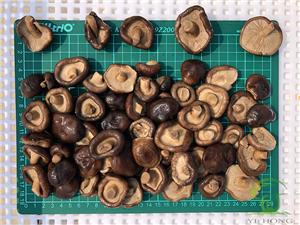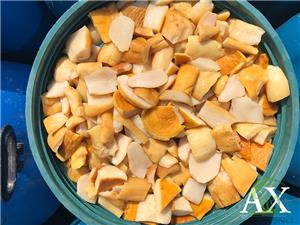Growth habits of delicious Boletus
Delicious boletus, a non-specific ectomycorrhizal fungus, occurs mostly on the ground of coniferous oak forest or hardleaf forest with luxuriant vegetation and large shade, ascospores are often single, and ectomycorrhizal mycorrhizae are often produced at the nutritious roots of various oak trees and their broadleaved trees.

Boletus Edulis In Brine: ecological environment of Boletus:
1. Plant community.
There are different types of vegetation in different places of origin. For example, in Yunnan Province, China, delicious Boletus occurs mostly in mixed coniferous and broadleaf forests; in Shennongjia, Hubei Province, delicious Boletus occurs in shrubs of Quercus variabilis. However, in Fujian, delicious boletus mostly occurs at the top of the plant community, such as Quercus oak, white oak, chestnut, etc., and the middle and upper layers are some moisture-tolerant green plants, and the lower layer is covered with woody plants such as bamboo cotyledons, field flowers , etc. Others are ferns in nature.
2. Soil.
In Yunnan, boletus occurs in barren red soil or red sandy soil; in Shennongjia, Hubei, boletus mainly occurs in sandy soil with ph acidity and alkalinity, but in Fujian, boletus occurs in red sandy soil with rich and diverse soil water content.
3. Climate.
The suitable temperature for the growth and development of Boletus mycelium is between 20 ℃ and 30 ℃, and 25 ℃ to 28 ℃ is suitable for mycelium growth and development. When the temperature difference between day and night is large, it is beneficial to establish ascospores.
- Company News
- Industry News
- Product News
- Video




